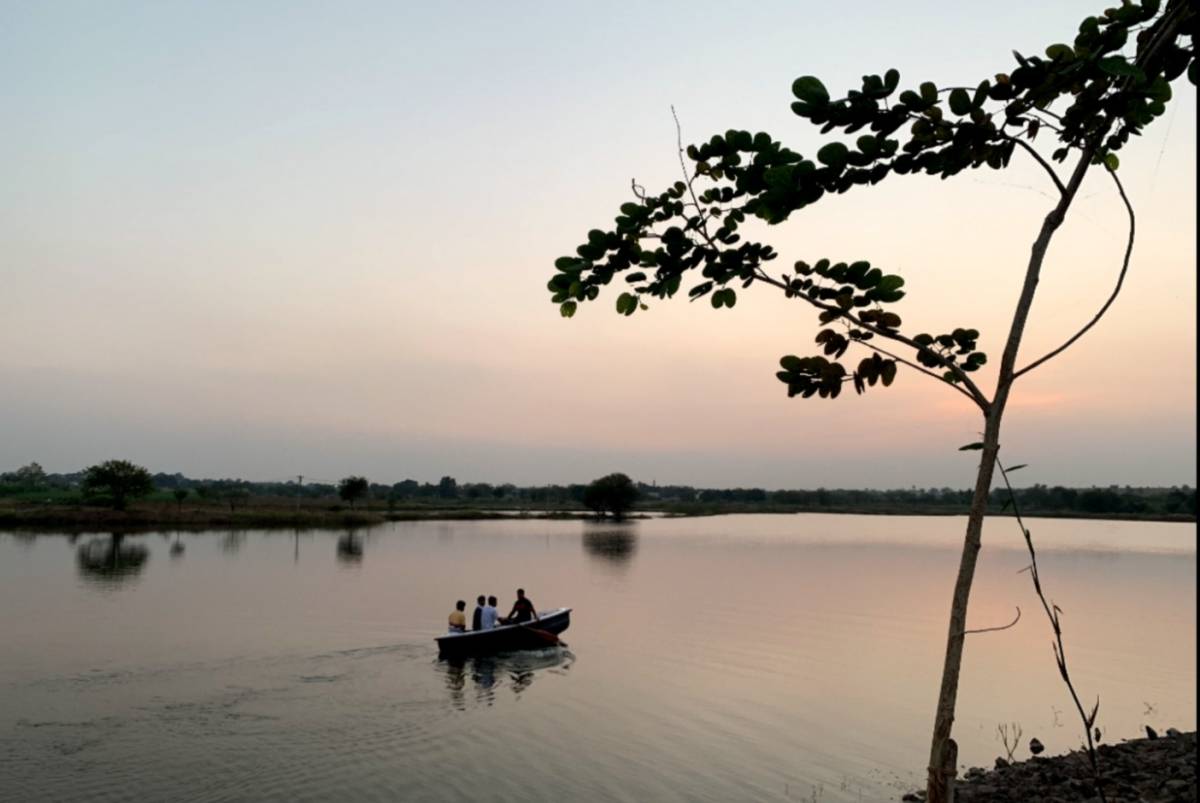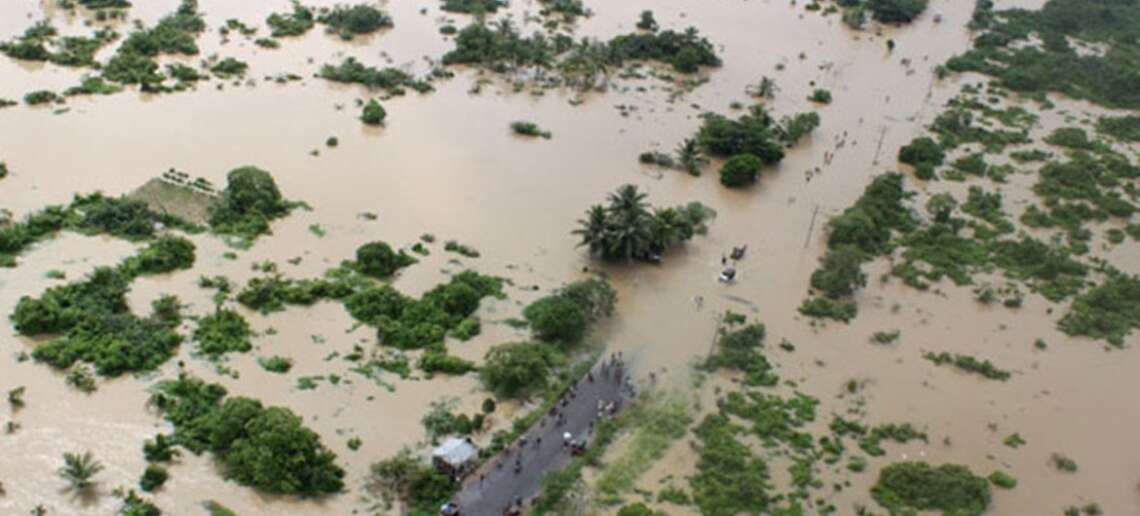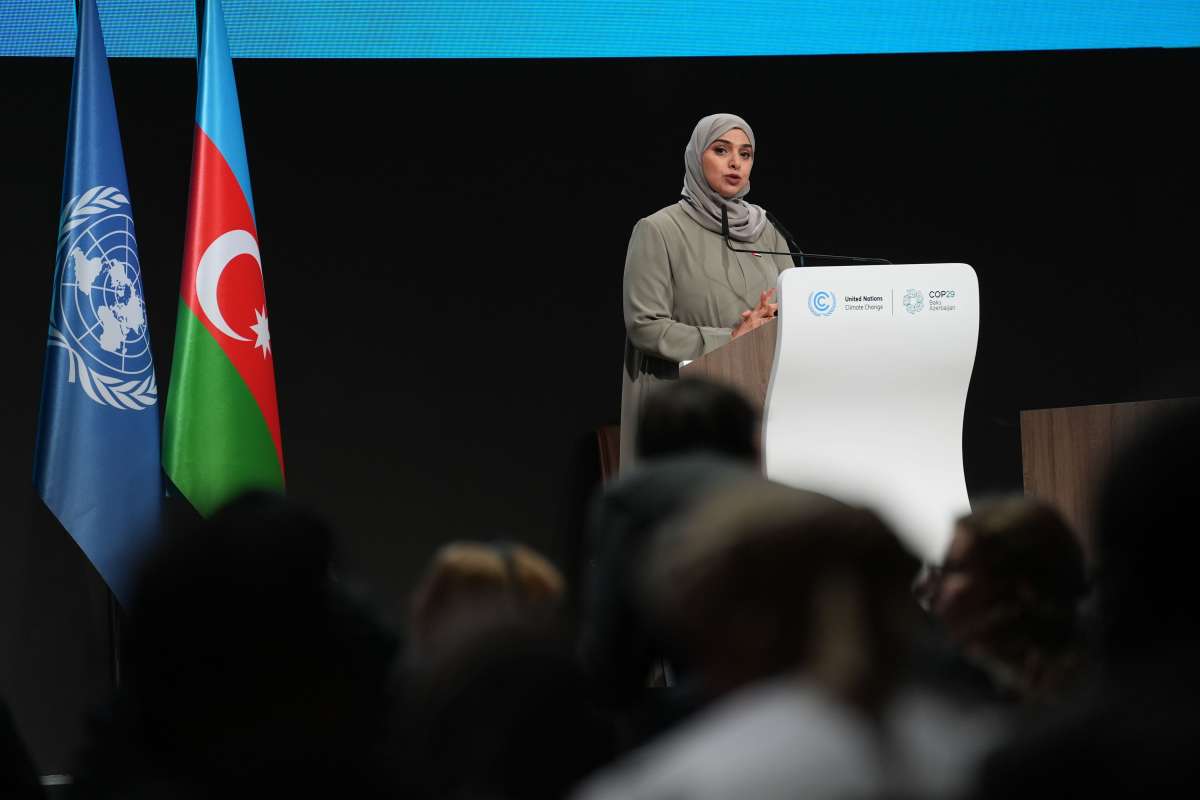Taking note of villagers’ objection to the participation of rural women in community outreach initiatives, especially the need to undergo training in a different district, Sunanda took the lead to convince them…reports Sunil Balasaheb Dhumal.
Sayambachiwadi in Baramati tehsil in Pune district, once stricken with drought, is now a picnic spot with a large lake and thriving agriculture. The vision of local elected representatives and aid and expertise from the Paani Foundation has helped transform this village into a water surplus one.
At the epicentre of this transformation is the village lake, spread over 6 acres of land. Manicured lawns slope down the embankment beyond which lies a massive water body in which boating activities were held before the lockdown. Crash guard and drains abutting the asphalted road, fencing, walking track, an open-air gym and benches give this tank bund a plush, well-maintained look.
Located some 60 km from Pune and 30 km from Baramati, the village is spread over 1,403 hectares with a population of 1,800. The village receives moderate rain even during the monsoon and could harvest only the Kharif crop. Post the monsoon, the villagers had to rely on water tankers even to meet their drinking water needs. Four defunct lakes in the village only worsened the issue. Sayambachiwadi had to shed many inhibitions in order to bring about this change, driven by an outlook of villagers not to be tied down by the vagaries of nature, in general, and the southwest monsoon, in particular.
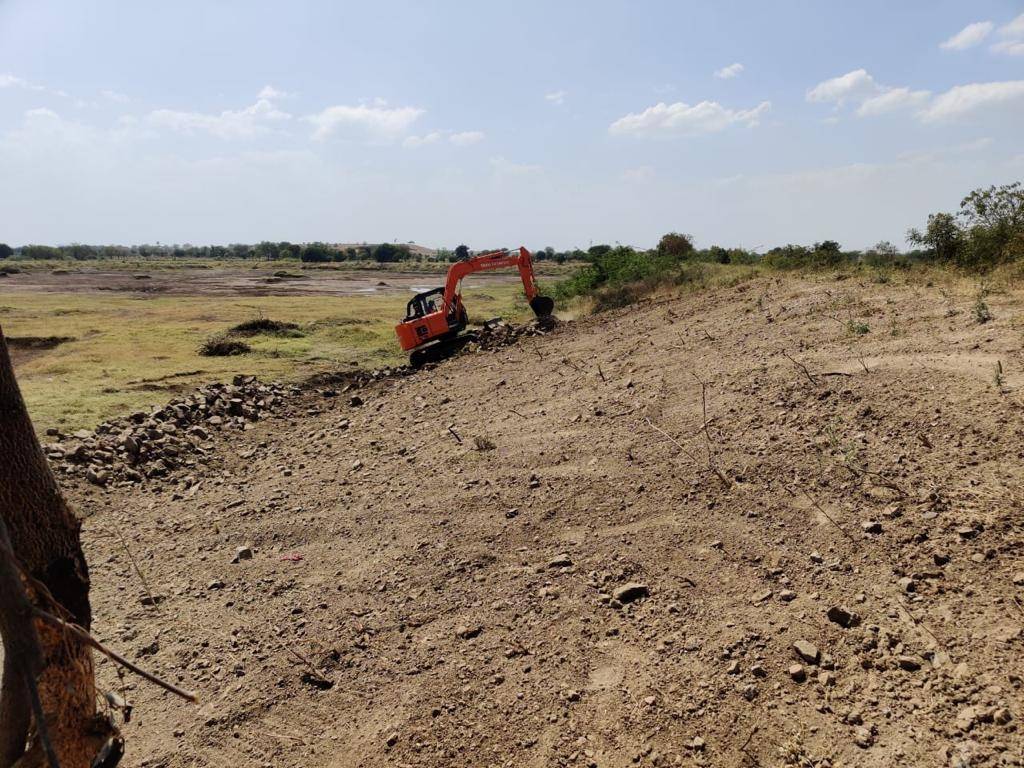
The Water Cup
A gram panchayat decision to participate in the Satyamev Jayate Water Cup organised by the Paani Foundation ushered a turnaround. The competition was hosted annually from 2016 to 2019 and thousands of villages in Maharashtra took part in it. Shramadaan or donation of labour is the key point of this contest in which the villagers put into practice what they learned in the training.
The idea to pitch their names into the ring came from Sunanda Rajendra Pawar, chairperson, Sharadabai Pawar Girls’ College in Malegaon, Baramati. For seven years, NSS students from the college had been undertaking camps in Sayambachiwadi. As part of these annual camps, the students had constructed seven bunds (an earth bank used to regulate the flow of water) in the village from 2011 to 2017.
In 2018, when the gram panchayat first considered taking part in the competition, they faced a mental roadblock. The condition that an equal number of contestants had to be women who needed to undergo six-day training for the competition outside their village was met with disapproval and the proposal fell through in the gram sabha.
Taking note of villagers’ objection to the participation of rural women in community outreach initiatives, especially the need to undergo training in a different district, Sunanda took the lead to convince them. Her intervention on the importance of water conservation increased women’s participation in the project through meetings, study tours, and this collective hard work helped the village overcome their reservations.
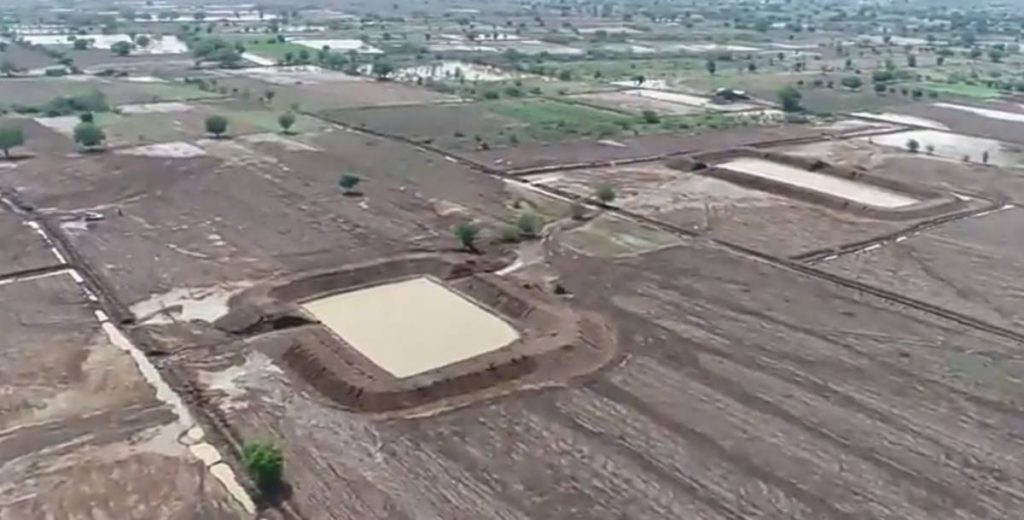
When the proposal was again tabled in 2019, Jaywant Bhapkar and his two friends from the village volunteered. Jaywant said, “At the gram sabha with my friends when no one volunteered for training, we registered our names seeing it as an opportunity for an outing. Since the rule mandated we needed an equal number of women – friend’s wife, a GP member, and a 65-year-old tagged along.”
Training Day
“The training was in Bichkool, a village in Satara district, where the welcome overwhelmed me. Different water conservation structures were built there. They helped us understand how these structures worked through demonstrations. We witnessed how a drought-stricken village was now water surplus. All of this changed my casual attitude,” Jaywant said, remembering the training days.
The returnees shared their Bichkool experience at the gram sabha. But septuagenarian Parubai Narayan Bhapkar remembered that residents of Sayambachiwadi were lukewarm initially to the idea and didn’t commit to participating in the work, believing it would not change things. Prithviraj Lad, the coordinator of Paani Foundation Baramati taluk, helped turn their reluctance into enthusiasm by showing them films of villages that had benefited from the training.
Participants gradually increased in number. On the eve of work, a torchlight march was taken in the village. Everyone took an oath before the Swayambhu (village deity) to work honestly in the competition. The village ultimately lost out in the competition, but they won in the long term.
Out of 19 types of structures that could be built as taught in the training, the local geographical conditions permitted only seven of them to be built. Groups were formed and each group was assigned a task. Villagers built continuous contour trenches (CCT) in the barren areas and revived natural water stream paths. Mud from all four defunct ponds was removed and dumped in 50 hectares of fallow land. Absorption pits were built in every house to retain water. Eleven interlinked farm ponds were created which filled up during the monsoon.
The CCTs, around 6 feet wide and 3 feet deep, which if laid out side to side would stretch out to 9 km, have helped increase the water storage capacity of the lake. Overflow from two such CCTs during the monsoon feeds the lake and the rest recharges the groundwater, which has helped increase the irrigated area to almost three and half times what was before.
Also, bunds were constructed on 250 hectares of land. With the village receiving copious rainfall in 2019 and 2020, all the old and new water sources in the village started overflowing creating an abundance of water in this once water-scarce village. The area under cultivation in the village was 80 acres in 2017 and this went up to 300 acres in 2020, including 250 acres under sugarcane, a notoriously water-intensive crop.
“Living in a drought-affected area, I had never cultivated cash crops. But in 2012, I started planting an acre of sugarcane. At that time I had some water in the well, so I added drip irrigation. All the while I was scared about the scarcity of water. After the water conservation work was done for the foundation, my well is full of water. Now I have five acres of sugarcane crop, in which four acres are under drip irrigation. And I don’t worry about water anymore, but I know the value of water,” Appasaheb Bhapkar, a farmer from the village said.
An era of abundance
Manohar Bhapkar, a former GP member, said that currently there is plenty of water in the village, which is a great relief to the villagers even during the pandemic. During the competition, he was responsible for managing the suction pits, 260 of which were being constructed in the village. This initiative helped treat wastewater from every household there.
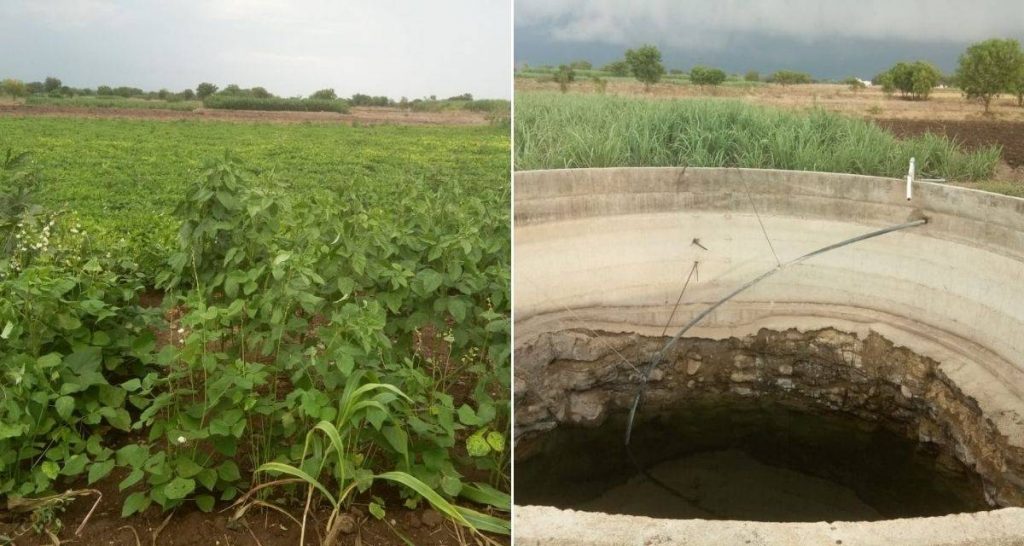
Suman Suresh Kamble, a former sarpanch said, “Now my village is not drought-prone. In the past, we had to undertake a long trek every day for water and rely on tankers for water. Now our wells are full in summer also. From the gram panchayat fund, we started boating activities in the lake, created a garden around it, a track for exercise and an open gym for citizens. This now attracts people from Baramati and Pune.” Bamboo is also being grown on the embankment and it is expected that these activities will increase the panchayat income.
The efforts have also helped the village to improve groundwater levels. Lad talks about the village’s water budget which was calculated by accounting for and averaging water use in every household and for each activity. “Sayambachiwadi requires 269 crore litres of water. Before the water conservation in 2018-19, the village had a water deficit of 163 crore litres. After the competition in 2019, the village is left with 53 crore litres of surplus water and water available in wells at 3 meters,” Lad said.
“This has created a peculiar problem in that farmers have turned to water-intensive sugarcane. Proper planning of available water is essential. Meanwhile, due to the pandemic and lockdown since March 2020, we could not carry out water budgeting at Sayambachiwadi. Water conservation work will be beneficial only if farmers plan their crops by available water according to budget,” Lad added.
“As part of water budgeting, we are educating farmers to opt for drip irrigation and grow crops with less water. We have drawn up a five-year plan using various sources of funds under which bunds will be constructed on 200 to 250 hectares each year and 2000 saplings planted and nurtured every year, said Pramod Jagtap, who was the interim sarpanch.”
Sayambachiwadi is now a model for other drought-hit villages with villagers from outside the Pune district undertaking study tours. Rohit Pawar, MLA of Karjat Jamkhed, who visited the village said, “I will strive to implement this project in my constituency. Two groups from Karjat-Jamkhed visited Sayambachiwadi. I like the dedication of villagers, who invest government funds properly.”
(The author is a Pune-based freelance journalist and a member of 101Reporters.com, a pan-India network of grassroots reporters)

